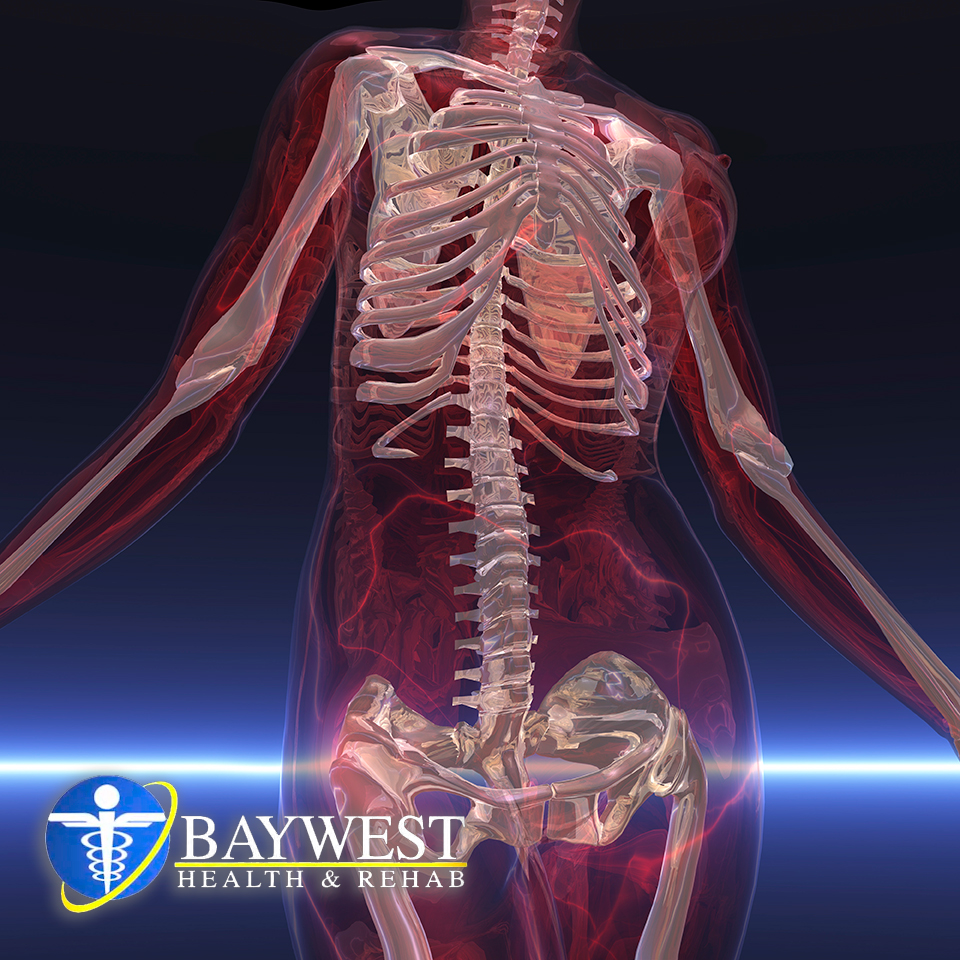 Chiropractic manipulation of the spine is comprehensive and there is evidence that strongly supports its advantages for several musculoskeletal conditions of the pelvis, midback, neck, low back, and other extremities. We have less evidence when it comes to the topic of visceral manipulation. However, visceral manipulation has some benefits, but what are these benefits?
Chiropractic manipulation of the spine is comprehensive and there is evidence that strongly supports its advantages for several musculoskeletal conditions of the pelvis, midback, neck, low back, and other extremities. We have less evidence when it comes to the topic of visceral manipulation. However, visceral manipulation has some benefits, but what are these benefits?
According to a 2013 study, females who have lower urinary tract symptoms responded well to manipulation. The authors came up with two studies comparing manipulation to pelvic floor muscle training and documented similar therapeutic benefits. The authors also pointed out the need for further studies to help support these positive conclusions.
Ideally, there was another interesting study conducted by massage therapist and a chiropractor. In the study, a rat model was used to help evaluate the effects of visceral massage on postoperative ileus. This condition is common and often occurs after abdominal surgery where normal bowel function slows down or stops completely, making the whole situation uncomfortable and imminently dangerous. Forty subjects were divided into four groups, which are two treatment and two surgical groups, before transabdominal massage was used on ten control and ten surgical subjects during the first twelve hours after surgery. Ileus was measured after 24 hours with numerous reliable outcome measures such as gastrointestinal transit, fecal pellet discharge, and measuring inflammatory markers. It was noted that all of the surgical subjects had ileus and comparing the two groups (those that are receiving visceral manipulation and those that didn’t receive it), the group that received visceral manipulation showed less time to first pellet discharge, increased transit time, and fewer inflammatory cells and proteins.
A hospital setting had a similar study recommended for them, so they can assess the potential role of visceral massage as part of an integrated care model for postoperative ileus. Although research about visceral manipulation (VM) can be found in physical therapy, massage therapy, chiropractic, osteopathic, and more literature, controversy still surrounds this topic. Dr. Jean-Pierre Barral, a French osteopathic physician and physical therapist, has not only written a book about VM but also offers seminars to discuss the same. In his seminars, courses are attended by Oriental medicine, Naturopaths, RMTs, MDs, DCs, OTs, and DOs, among others. Barral’s website has many references about the procedures used. According to the critics, VM is a pseudoscience and worse. They claim there is lack of evidence to support its tenants and even criticize the APTA (American Physical Therapy Association) for sponsoring educational courses related to visceral manipulation.
VM in chiropractic is available as a technique within the SOT (Sacro Occipital Technique) organization referred to as CMRT (Chiropractic Manipulative Reflex Technique). This is described in details at SOT’s website (http://www.sotousa.com/wp/?p=8973) and in Wikipedia. There is a list of peer reviewed that includes the management of chronic constipation, gastroenteritis, asthma, diabetes mellitus, dyspepsia, GERD, chronic colitis, infertility, and infantile colic, among others. Applied Kinesiology is another chiropractic-based approach for treating visceral conditions. It uses muscle testing to assess the patient and stimulates areas of the skull and over the body in order to balance faulty reflexes associated with the organ system. Applied Kinesiology also uses some specific VM techniques.
For more information, visit their website at http://www.appliedkinesiology.com/. VM may not be considered mainstream chiropractic, but options exist with some level of support from your chiropractic doctor who will try to find someone within chiropractic if he/she cannot help you with the VM.
